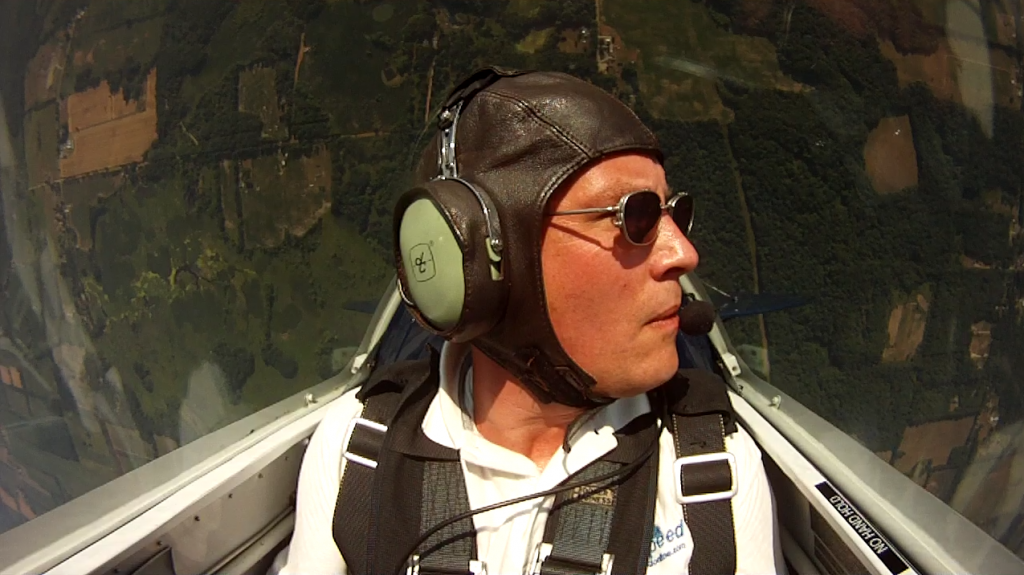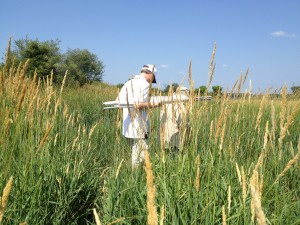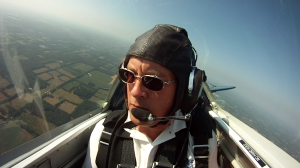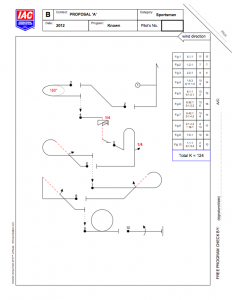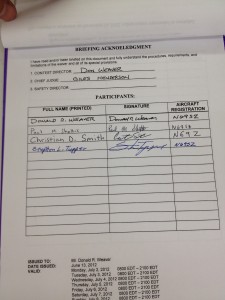Another day in Jackson. I got up first thing this morning with Don and worked on hammerheads and the humpty. A productive flight.
I’m not at a good acro tolerance point yet. It could have been that I flew first thing this morning and I’m just not a morning acro guy. It could be that I’m just not an acro guy. But we’ve talked about that before. And it’s not going to stop me.
The order of the day was hammers. Lots and lots of hammers. I got to the point where I could do a hammer with the only talk from the front seat being suggestions for improvement. And that’s a good thing. I’m pretty happy about that. I need to keep the aircraft at right angles all the way around and wait for the roll to the left. Then it’s right stick to about the halfway point and kick. I’m feeling as though I get it and it’s really just a matter of getting a more intuitive feel on top of the mechanical stepwise process.
I noticed on the video from yesterday that we spent three potatoes or so on the upline in the humpty on that flight. We got slow and had to work it over the top. On the humpty this morning, I started the pull over the top after only a single potato and it worked out well. Positive control all the way over the top and a good float.
After we landed, it was time to set up the box markers. The Jackson box is a little odd in several respects. It’s aligned with Runway 6/24 (and, therefore, not with any of the section lines or anything else intuitive. Part of the box is situated over the swamp to the west of the field. That means that we have to put markers in the swamp and in several other interesting locations. It was 85 F early on and it only got worse. Humping markers around the airport will take a lot out of you in that kind of heat. By the time we were done and Don had done several other flights, I was pretty well done for the day. Discretion being the better part of valor, I packed it in for the day and returned to the Tri-Pi House .
I have stuff to work on tomorrow. I think I’ll hit the shark’s tooth (vertical up, pull over to a 45 down, half roll to upright, and exit level) and then do each of the other maneuvers other than the spin. I’m guessing that the spin will do my tummy in, so I’ll conclude with that. If I can get the spin dialed, it’ll be time to fly the entire sequence out in the practice area. If I can make it through the maneuvers themselves, then I’ll bring it into the box and see how it works in the box itself. Most likely, I’ll stay in the practice area on the first flight. Them I’ll bring it into the box for the second flight (which might or might not start out in the practice area. The Unlimited guys will show up tomorrow and the box will only get more crowded from here on out, so it’s time to get into the box and see how these things go in a confined space.
Lots to do, but this is all doable. I’m looking forward to it!
